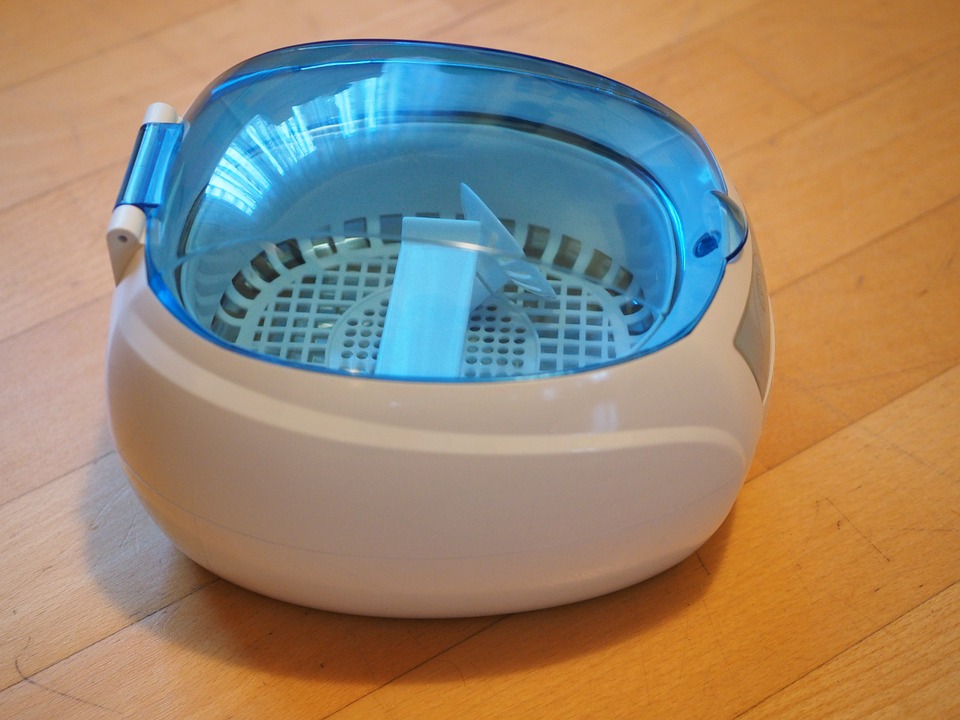From removing tough soils to cleaning industrial grease, there is nothing more advanced and effective than ultrasonic cleaners. It is the best way to achieve optimal cleanliness. An ultrasonic cleaning unit basically consists of a tank or chamber where the solution is filled and build-in transducers to create the sound waves that pass through the chambers. Some units also have a heating component that regulates the temperature of the cleaner. Using better ultrasonic cleaning solutions, improved cleaning results can be derived easily.
Each of these factors plays a key role in governing and optimizing the performance of the ultrasonic cleaner. Here is how you can adjust these factors to get the best results for your ultrasonic cleaner.
Frequency
Frequency is the number of waves that occur during a fixed interval of time. Normally, this is calculated in seconds. Setting to lower frequencies can give you a more intense and aggressive cleaning. However, it can also create damage to the surface of your material. If you are cleaning delicate items like jewelry or other valuables, then it is best not to use lower frequencies. On the other hand, sonic waves of higher frequencies are not violent. This is mainly because of the smaller spacing for the bubbles to implode effectively. However, they can penetrate into tighter areas and clean them more efficiently.
Temperature
Temperature directly affects the solvency of the solution used for ultrasonic cleaning. When the temperature is increased, it increases the solvency of the cleaner. This helps to breakdown down the contaminants more easily. The increase in temperature also reduces the viscosity of the solution and increases its surface tension. This allows it to get into tighter areas that are not accessible at room temperature. When the temperature is increased to a level closer to the boiling point of the contaminants, the cleaning process also becomes more effective.
Time
While most of these factors can only be optimized from normal to average conditions, time is the easiest variable that can be adjusted. It is straightforward and direct. If you want to get better results from the cleaning process, then you can increase the time of the process. The more time you leave the materials immersed in the ultrasonic cleaner, the more cleaned it will become.
Chemistry
Different contaminants or soil have different chemical properties and they react with the ultrasonic cleaning solution in different ways. Finding out the right solution for the right soil can make the cleaning process easier. You can do a quick evaluation of the cleaning performance by doing a static cleaning test. Place a drop of the cleaning solution directly on the soiled component. Compare the result with that of other solutions and choose the one that gives the best cleaning results.
Amplitude
Amplitude is the height of the wave produced inside the ultrasonic chamber. As the amplitude increases, it escalates the effectiveness of the cleaning process. However, increasing the amplitude beyond a certain limit and cause undesired effects. It can easily cause damage to the surfaces of delicate items. So, when adjusting the amplitude of the unit, it is important to keep it under a medium level.





